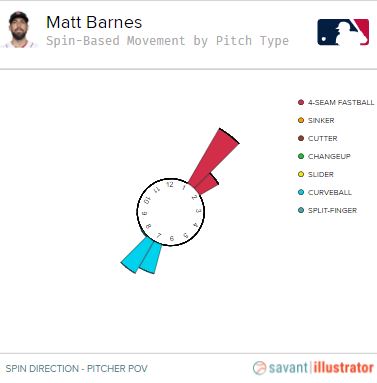No, We Don’t Need to Worry About the Dodgers
On Tuesday night, the Dodgers were only a Gavin Lux home run away from falling to a .500 record. A .500 record isn’t generally cause for panic, but it would definitely have been a disappointment for the reigning world champions, a team that was expected to steamroll most of the rest of baseball this season. Just to match 2020’s regular season record, the Dodgers need to add another 24 consecutive wins to Monday night’s win over the Mariners.
So how worried should the third-place Dodgers be? Not very.
The Dodgers Aren’t Actually Playing Poorly
Okay, this header isn’t true if we engage in an ultra-literal reading, but in losing 15 of the last 21 games, the Dodgers have only been outscored by a total of seven runs in the aggregate. The team’s overall Pythagorean record puts them at a 94.5 win pace, below the preseason projections, but not alarmingly so. The bullpen had a 4.48 ERA over this stretch, and while there is a relationship between bullpen performance and Pythagorean performance, the relationship is fairly loose.
I went back through history to look at the Pythagorean performances of all teams that underperformed their expected record by at least two wins after 36 games. Over the rest of the seasons, those teams fell short of their Pythagorean records by about a tenth of a run on average. In other words, the discrepancy between expected record and actual record in the early season is mostly noise, as opposed to hiding something sinister about a team’s true abilities. Read the rest of this entry »


